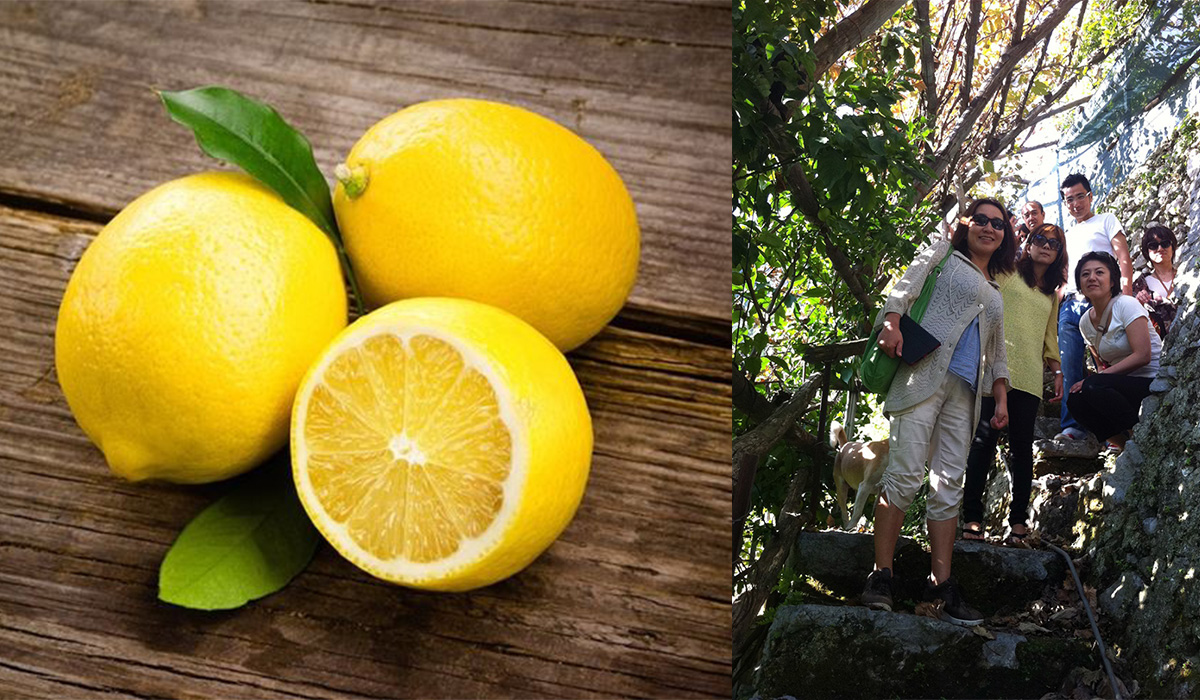
The sfusato lemon of Amalfi; one of the Lemon Tour
PUBLISHED APRIL 14, 2021 | BY GIORGIO IMPERATO | 7 MINUTES READ
*This story appears on March-April 2021 Terre & Culture magazine issue, in the section Food & Friends.
The affirmation and expansion of citrus growing on the Amalfi coast dates back to the early twentieth century. With the arrival of Murat in Naples, when the agrarian bourgeoisie, after the acquisition of the uncultivated land of the state property and of the church, ventured into a daring project of cultivation reconversion which essentially consisted in the transformation into citrus crops and in lemon groves of much of the Amalfi and Sorrento coast area until then covered by olive trees, carob trees and vines, or even uncultivated.
The creation of the vast and articulated system, still existing, of terracing contained in dry stone walls subjected the owners to a considerable financial effort, if we consider the conformation of the territory and the connected difficulties of transporting stones and donkeys on the back or on a donkey. of filling soil. A similar financial effort to convert crops is explained by an expectation of high return on investment.
And in fact the citrus harvest, selected according to the size of the fruit, protected by tissue paper and encased in special containers, was sent to foreign markets (London in particular) by shipping on steamers. Loading operations were normally carried out from the beach of Maiori, but sometimes also from those of Erchie and Collata bay.
It was in those years that the “sfusato amalfitano” took on the qualities and properties that made it inimitable and famous in the world; and it was also in those years that the "oval seedless lemon" emerged from the further refinement of the product,
According to an opinion very widespread at the time, after the Second World War, the loss of the colonial empire and its riches made the palate of the English less delicate, causing them to give up the prized and expensive "sfusato Amalfitano". At the beginning of the 1900s it appears that 64% of the total agricultural area was planted with lemons, and that 50% of the production was absorbed by the USA, where it was listed on the New York stock exchange.
The terraces created along the rocky slopes covered by evergreen plants give the landscape a further note of color. The flowering season of citrus fruits spread the delicate scent of its essence into the air.
Today, thanks to the initiative of various private individuals, an additional source of income has spread with the creation of beautiful paths among lemon groves to discover corners and glimpses of breathtaking landscapes, the LEMON TOURs carried out all year round but with peaks of visitors in particular in the periods of flowering and lemon harvest.
A Classic Lemon Tour will allow you to discover all the products made with this splendid fruit, from the refined digestive Limoncello and the unique sweet and sour sweets, and the candied peels a real specialty.